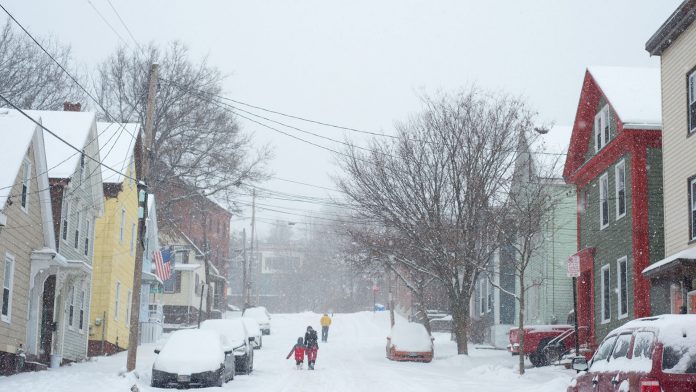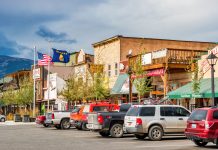
Preparing for winter weather pays off if you’re trying to cut down on your energy bill. The more prepared for winter you are, the more you can insulate yourself from fluctuating energy costs – and the less strain there is on our electric grid. Here are some winter weather suggestions for your home, transportation and health.
How Energy, Environment and Economics Tie Together
Almost every homeowner or renter understands their monthly energy costs and how rates can fluctuate drastically depending on supply and demand as well as big swings in hot and cold temperatures. Although these pricing factors are beyond a consumer’s control, it is still possible to manage energy costs by paying close attention to what you use and how you use it. For instance, understanding the costs of running computers, lights, heating and filling up on gas is part of the puzzle to taking control of your overall energy budget.
By taking an interest in how energy, the environment and economics work together, it will be easier to conserve resources, which ultimately means more money in your pocket. As we continue to diversify our energy resources, we rely on current energy supplies to get us through the summer and warm us in the winter. In either extreme – hot or cold – people tend to turn up the heat or air, ultimately straining local electric resources. When demand is high, but supplies are low, that is usually when you start to see prices go up.
So if you’re looking to save energy and money, using less electricity during winter and summer months is something you should practice doing.
Winterizing Your Home
Whether you hire someone or go the DIY route, winterizing your home can be a significant step toward cutting your energy bills every winter. Your home shouldn’t have any air or water leaks that can allow warm air to escape. All leaks and cracks in the house, including the attic, should be sealed. Some homes may need to change out their air filters, while older homes might need to update wall and attic insulation. In some cities, your local utility company may be able to provide weatherizing services. This service can sometimes include installing weather stripping on doors and windows, along with strengthening insulation. As utilities continue to build out and upgrade the grid, it is becoming more and more possible to add in SMART technology to help us save cash too. For instance, a programmable thermostat can save as much as $180 per year on energy, according to EnergyStar. This device, combined with a smartphone app, can be affordable and easy to use. While some of these products may come with a bigger price tag up-front, it can help save you money over time.
Let’s not forget that winter storms can result in down power lines, which cause power outages. Don’t forget to keep your emergency blackout kit up to date. These kits should have things like a flashlight or solar light, extra batteries, a spare battery for your cell phone in case you need to call for help, and something to store food or medication that needs to be refrigerated.
You should also check things like your furnace and air filters once a month to make sure they don’t collect too much dirt and debris. Not only can dirty filters raise your bills, but they can also reduce the lifespan of your heating system. You can also change the temperature of your water heater to a more moderate setting and reduce the pressure on faucets and showerheads.
Winterize Your Car
Don’t forget about protecting your vehicle from the elements, especially if you live in a snowy region. If you’re trying to keep your car out of the shop, then your top priority should be keeping your vehicle in tip-top shape.
One of the dangers that winter can bring to a road is slippery conditions. Driving is rain and snow increases your chances of getting into a car crash by 34 percent. Investing in snow tires is a much safer bet.
Other things to check for when you go to winterize your vehicle is making sure your coolant, antifreeze and windshield wiper fluids are topped off. You’ll also want to make sure you have checked your oil (maybe even for winter-grade oil) for when your car works harder in the snow. Plus, thinner oil is more efficient in the winter.
In addition to the blackout kit for your home, an emergency roadside kit is relatively cheap and could make a massive difference if you end up stranded during a storm. Better safe than sorry.
Winterize Your Health
It’s not just your house, and your car that needs to be winterized, protecting your health is also vital since there’s only one of you! Staying out of the cold, wearing warm clothes, and getting your flu shot are ways that you can prevent spending your valuable time in the doctor’s office.
Inevitably in the winter months, we all spend more time indoors. Ensuring that you and your family are breathing clean air is crucial. In addition to replacing furnace filters, make sure each room gets proper ventilation since there is less air circulating in from outside, and don’t forget to clean out the fireplace and chimney regularly to create cleaner air as well.
These are just some tips that can help you transition from Fall to Winter more efficiently, and hopefully help you save a bit of money on your energy bill in the process. Unless you’re willing to take the Time Magazine challenge, to lower your core body temperature by 10 degrees; in which case, none of this matters.











